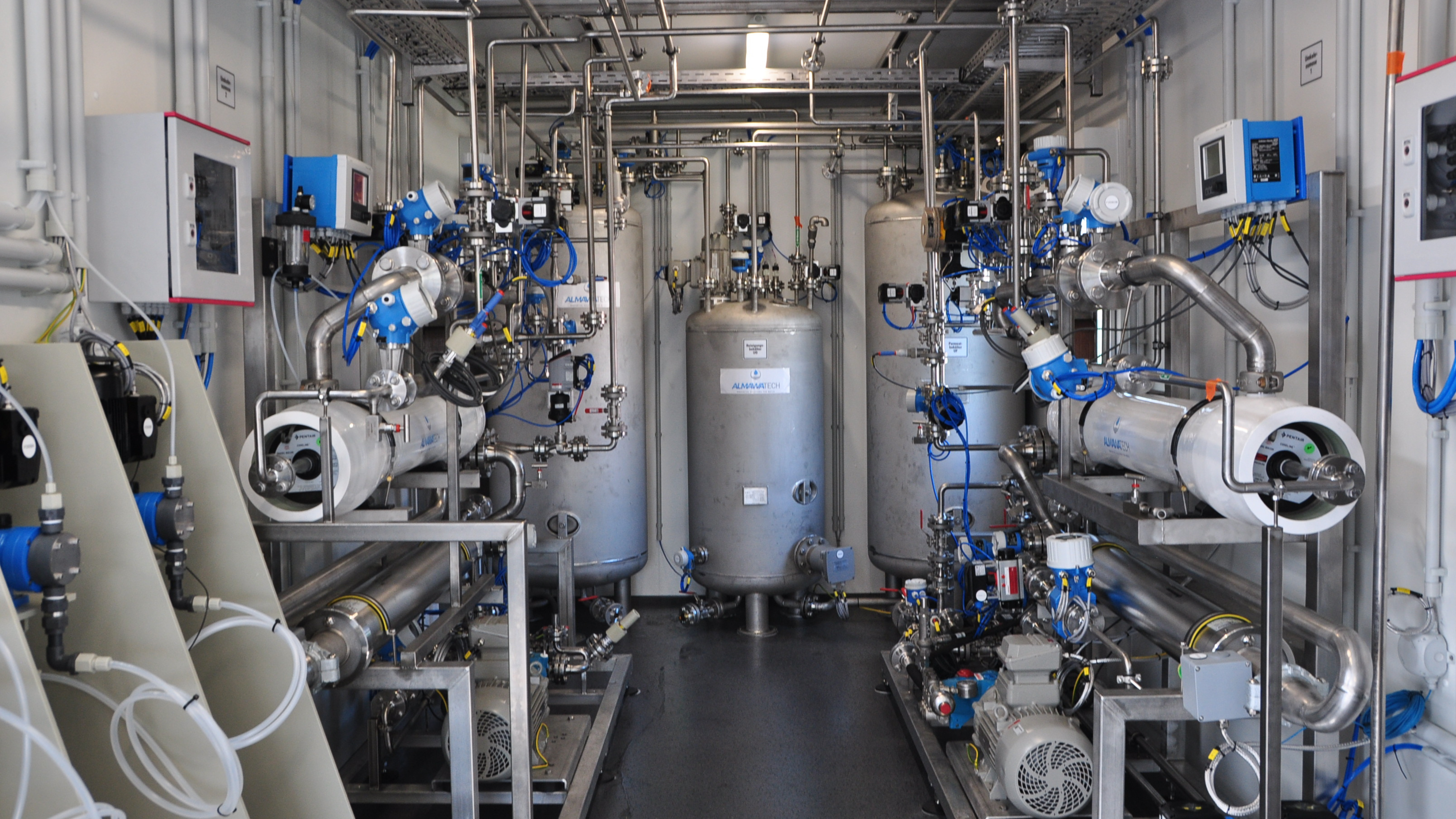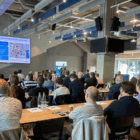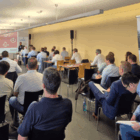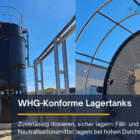The term "concentrate" refers to the part of a water stream that has a high concentration of dissolved and undissolved substances after a physical, chemical or mechanical separation process, such as reverse osmosis. In industrial water treatment and wastewater treatment, the handling and disposal of concentrate is a key challenge. This article provides a comprehensive look at the technical, chemical and operational aspects of concentrates, with a focus on their formation, composition and treatment.
Table of contents
Technical basics
Creation of concentrate
Concentrate is produced in numerous water and wastewater treatment processes, including
Membrane process: In reverse osmosis (RO) or nanofiltration systems, the raw water is divided into two streams: Permeate (purified water) and concentrate.
Ion exchange: The regeneration of ion exchange resins produces concentrated brine solutions.
Evaporators and crystallizers: These systems concentrate dissolved substances by evaporating water.
The concentrate stream contains the substances that were removed from the water during the process in a significantly higher concentration.
Chemical composition
The composition of the concentrate depends heavily on the type of raw water and the separation process used. Typical components are
Salts: chlorides, sulphates, nitrates, carbonates.
Heavy metals: copper, nickel, zinc, chromium.
Organic substances: TOC (Total Organic Carbon), dissolved organic compounds.
Solids: colloids, undissolved particles.
Special compounds: Antiscalants, biocides or other chemicals used in the treatment process.
Challenges in practice
1. disposal costs
The disposal of concentrate is cost-intensive, as the high concentrations of dissolved substances often rule out direct discharge into bodies of water or the sewage system. Compliance with legal limits requires additional treatment stages.
2. environmental protection
Untreated concentrate can cause environmental problems, including:
Eutrophication: Through nitrates and phosphates.
Toxicity: Heavy metals and organic pollutants can pollute ecosystems.
Salt pollution: Chlorides and sulphates increase the salt concentration in water bodies.
3. operating problems
The handling of concentrate can influence operational management:
Scaling: The deposition of salts such as calcium carbonate or barium sulphate in pipes.
Corrosion: High salt concentrations promote the corrosion of metallic components.
Fouling: Organic substances and microorganisms can form deposits.

Photo: Our ALMA OSMO Process concentrate stage reverse osmosis system, installed in the ALMA Modul technical room container
Treatment methods for concentrate
The choice of treatment method depends on the composition of the concentrate and the legal requirements. Typical approaches are
1. dilution and introduction
In regions with high water flows, the concentrate can be diluted and discharged directly, provided that the legal limits are complied with. However, this is only possible with low concentrations and environmentally compatible components.
2. additional units for material recovery
Crystallization: For the recovery of salts such as sodium chloride or calcium sulphate.
Metal recovery: Heavy metals can be removed from the concentrate using chemical or electrochemical processes.
3. advanced evaporation technologies
Evaporators and crystallizers significantly reduce the concentrate volume and produce dry solid material that is easier to dispose of. However, these technologies are energy-intensive.
4. membrane-based concentration enhancement
Membrane-based processes such as ultrafiltration, nanofiltration or reverse osmosis can be supplemented by concentrate stages.

Photo: Our reverse osmosis system for treating wastewater for internal reuse (Water-ReUse)
Conclusion
Concentrate represents a technical and economic challenge in industrial water treatment. The targeted use of innovative technologies and the combination of different processes can minimize the impact on the environment and operations. A detailed analysis of the composition and volume flows is crucial in order to develop optimal solutions.
For further information on our products, please feel free to contact us at any time!







